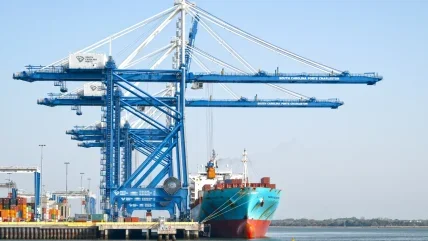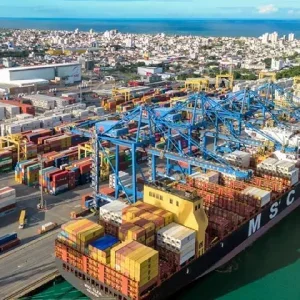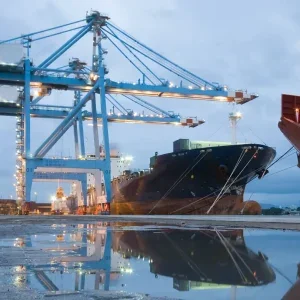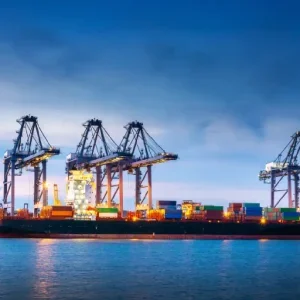
The Trump administration has unveiled plans to implement tariffs reaching up to 100% on ship-to-shore (STS) cranes and cargo handling equipment that are either produced in China or incorporate Chinese components.
This initiative is aimed at decreasing the US dependency on Chinese maritime infrastructure and addressing concerns related to national security. Concurrently, a newly established port fee will target vessels built in China or operated by Chinese enterprises.
This strategy follows the findings of a detailed Section 301 investigation conducted by the US Trade Representative (USTR). The investigation included a two-day public hearing and gathered input from nearly 600 industry stakeholders through written comments.
The report identified significant vulnerabilities in the US maritime supply chain, largely attributed to China’s significant control over key components.
According to the USTR report, China is responsible for producing 95% of the world’s shipping containers and controls 86% of the global supply of intermodal chassis. These figures have raised concerns about China’s capability to influence the distribution of crucial maritime equipment and materials, potentially jeopardising U.S. ports and supply chains.
US Trade Representative Ambassador Greer said: “Ships and shipping are vital to American economic security and the free flow of commerce.”
Greer stated that the primary objective of these measures is to counter China’s dominance, safeguard the US supply chain, and stimulate demand for ships and equipment manufactured in the US.
The proposed tariffs would apply to STS cranes that are manufactured or assembled with Chinese parts and also extend to equipment produced worldwide by companies under Chinese control. Among the companies under examination is Shanghai Zhenhua Heavy Industries (ZPMC), a major supplier of STS cranes to global ports, including those in the US.






